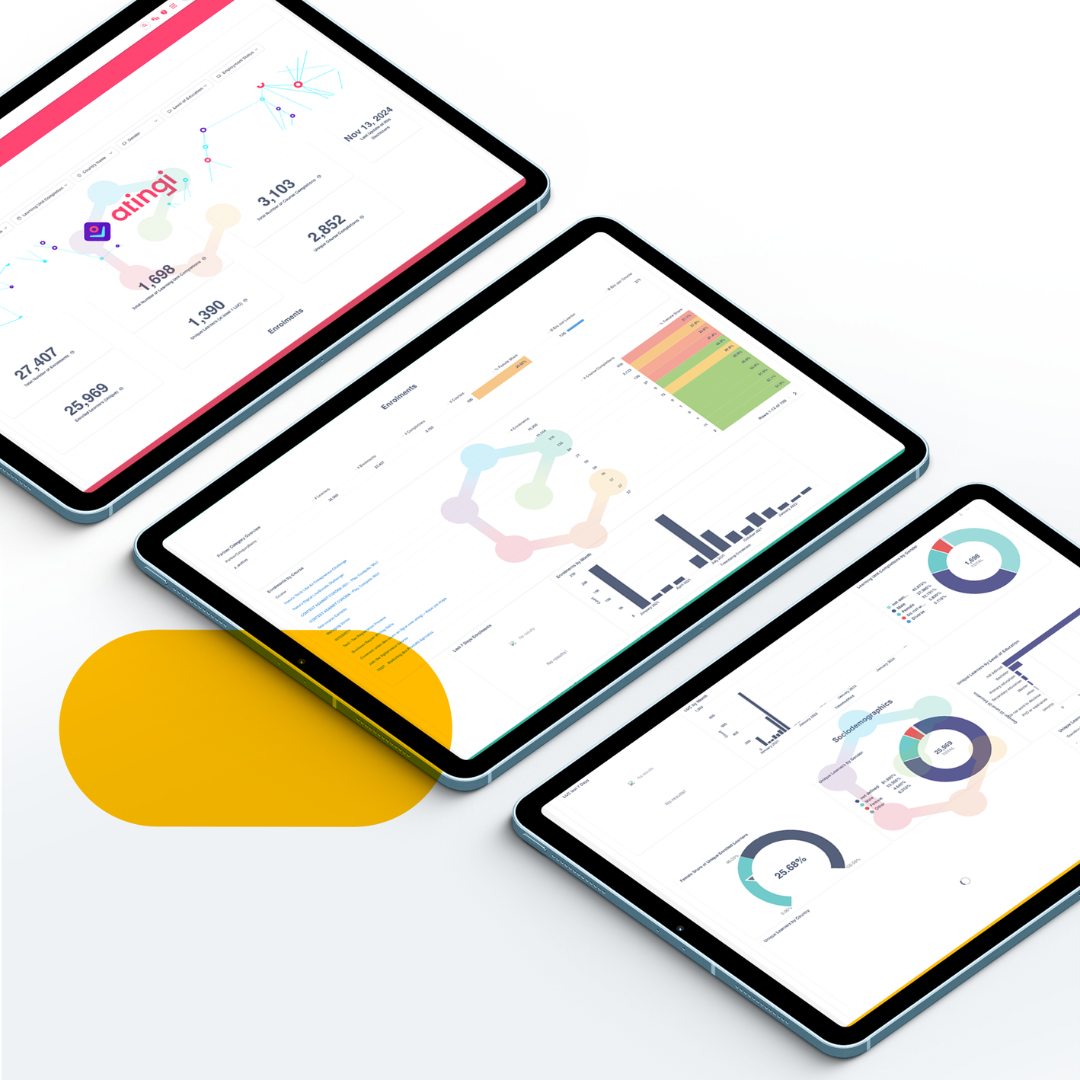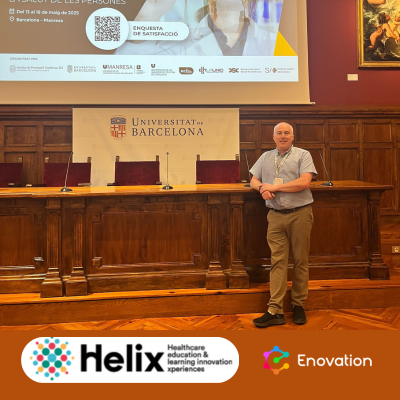We are fortunate to live in a world that enables us to connect regardless of location. Technology in the workplace has enabled employees around the globe to be connected from home during the covid-19 pandemic. The benefits of open-source technology are plentiful including how they boost employee collaboration and engagement.
Open-source technology like Moodle Workplace and Totara Learn by design enables employee collaboration and participation even through the most challenging circumstances (thank you 2020). If we want to stay engaged and continually improve our performance at work, then we must have the opportunity to collaborate with others even when we are working remotely.
A Move from surface learning to deep learning:
Often in today’s climate, we hear phrases like “always-on” and while this is a good thing and allows people the flexibility to work their own schedule at times being “always-on” can lead to overwhelm especially when working remotely without the physical presence of colleagues and peers. If we want our people to be truly engaged and to develop deep learning skills then they need to participate and contribute, not just consume information. Learning isn’t about consumption, It requires active reflection and action which is often facilitated by discussion and chat.
As many of us know, learning can happen anywhere, and useful content is everywhere but sometimes that’s not enough. To ensure learners take a deep approach to learn, our educational tools need to allow teams to find and share resources that they deem to be valuable and share them with their peers. Offering learning spaces that allow employees to engage with content and by allowing learners to contribute to spaces with a set of resources around a particular topic or project then we’re starting to facilitate deep learning.
Social learning helps employees remain engaged
In the age of social distance, how do we facilitate social learning? Working and learning in isolation is disengaging. When MOOCs (Massive Online Open Courses) and COOCs (Corporate Open Online Courses) first started happening they were seen as revolutionary. Never before had learners had access to structured high-level content that they could access from anywhere? While uptake in these types of courses was extremely high, they also had very high dropout rates with many learners not completing the training. Many learners cited the lack of support from tutors and peers as a core reason for lacking engagement and dropping out. Think about exercising, it’s always easier to go for a run or get to the gym if we know someone else is going to go with us. It’s the same with learning, which is why we need our tools to have social spaces where learners feel recognized for their contributions.
By adding social elements to our E-learning tools like virtual chat rooms, forums and instant messaging options learners become part of a group where they can contribute to both their own personal development and their colleagues’.
There are several options that organisations can choose from to increase collaboration and participation during remote learning. Take the first step today and contact one of our L&D Consultants to discuss the best option for your organisation.





.png)




